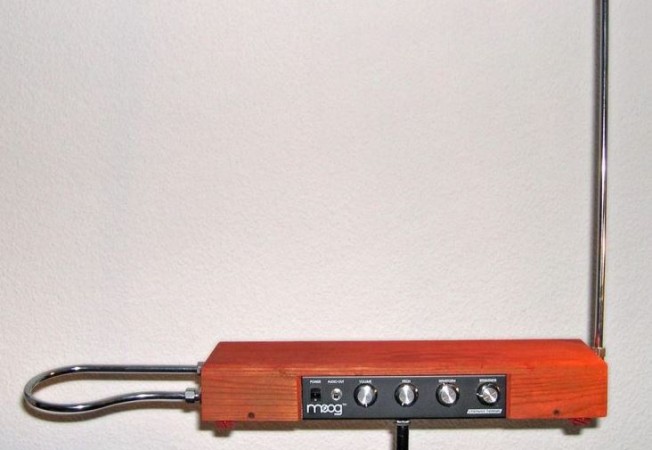
The Theremin, an extraordinary musical instrument that defies traditional playing techniques, has captivated audiences since its invention in the early 20th century. Developed by Russian physicist Leon Theremin, this electronic marvel is played without any physical contact, relying solely on the movement of the performer's hands in the air. In this article, we will delve into the fascinating world of the Theremin, exploring its history, construction, playing technique, and its impact on music.
1. Introduction
The Theremin is a unique electronic musical instrument that produces ethereal sounds without any physical touch. Its eerie tones and otherworldly melodies have been featured in countless film scores, avant-garde compositions, and popular music, making it an enigmatic instrument in the world of music.
2. The History of the Theremin
The Theremin was invented by Leon Theremin in 1920. Born in Russia, Theremin was an accomplished cellist and an inventor. Inspired by his experiments in electronic sound generation, he developed the instrument that came to bear his name. The Theremin's early success caught the attention of the Russian government, which saw its potential as a symbol of Soviet technological prowess.
3. The Science Behind the Theremin
The Theremin operates on the principle of heterodyning, which involves generating two high-frequency oscillators and mixing them together to create audible tones. The performer interacts with the instrument by manipulating the electromagnetic fields around it, which in turn affects the pitch and volume of the produced sound.
4. Components and Construction of the Theremin
The Theremin consists of two main components: the control section and the sound-generating section. The control section includes two antennas—a vertical rod and a horizontal loop—which the performer uses to manipulate pitch and volume. The sound-generating section contains vacuum tubes, oscillators, and amplifiers that produce and amplify the audible tones.
5. Playing the Theremin: Technique and Challenges
Playing the Theremin requires a delicate touch and precise hand movements. The performer's right hand controls pitch by moving closer or further away from the vertical rod antenna, while the left hand controls volume by moving closer or further away from the horizontal loop antenna. Mastering the instrument's technique takes time and practice due to its sensitive nature and the lack of physical contact.
6. The Theremin's Influence on Music
The Theremin's unique sound and expressive capabilities have left an indelible mark on music. Its haunting melodies have been used in various genres, from classical to electronic music. Notable composers such as Clara Rockmore and Percy Grainger pioneered its use in classical compositions, while popular music artists like The Beach Boys and Led Zeppelin incorporated it into their recordings, creating unforgettable sonic textures.
7. Theremin: From Obscurity to Resurgence
After experiencing periods of obscurity, the Theremin has seen a resurgence in recent decades. Its distinct sound and mysterious allure have attracted a new generation of musicians and enthusiasts. Festivals and concerts dedicated to the Theremin have emerged worldwide, fostering a vibrant community of performers and composers who continue to explore the instrument's potential.
8. Conclusion
The Theremin stands as a testament to the boundless creativity of human ingenuity. Its ethereal sound and unconventional playing technique have made it a remarkable instrument in the realm of music. From its inception to its resurgence, the Theremin has inspired countless musicians, pushed the boundaries of musical expression, and continues to captivate audiences with its otherworldly melodies.
Actors and Writers on Strike as AI Hits in America
The Giant's Causeway: A Unique Formation of Hexagonal Basalt Columns in Northern Ireland
Unveiling the Powerhouses: Exploring the Major Capitals of Indian Commerce